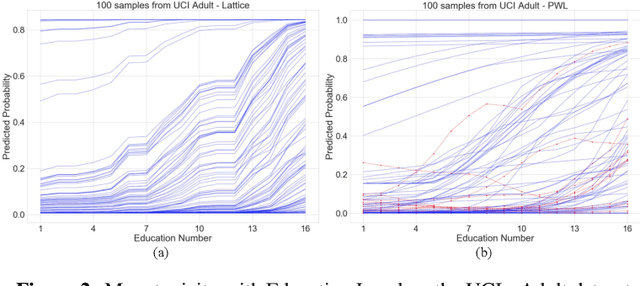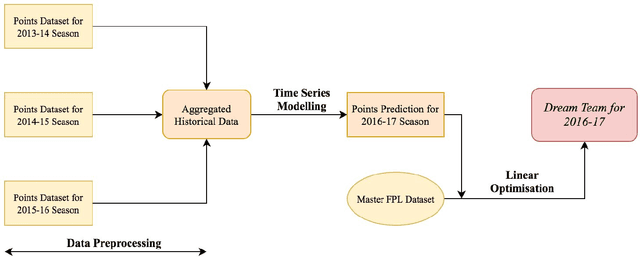Akhil Gupta
RaCIL: Ray Tracing based Multi-UAV Obstacle Avoidance through Composite Imitation Learning
Jun 24, 2024Abstract:In this study, we address the challenge of obstacle avoidance for Unmanned Aerial Vehicles (UAVs) through an innovative composite imitation learning approach that combines Proximal Policy Optimization (PPO) with Behavior Cloning (BC) and Generative Adversarial Imitation Learning (GAIL), enriched by the integration of ray-tracing techniques. Our research underscores the significant role of ray-tracing in enhancing obstacle detection and avoidance capabilities. Moreover, we demonstrate the effectiveness of incorporating GAIL in coordinating the flight paths of two UAVs, showcasing improved collision avoidance capabilities. Extending our methodology, we apply our combined PPO, BC, GAIL, and ray-tracing framework to scenarios involving four UAVs, illustrating its scalability and adaptability to more complex scenarios. The findings indicate that our approach not only improves the reliability of basic PPO based obstacle avoidance but also paves the way for advanced autonomous UAV operations in crowded or dynamic environments.
Monotonic Trends in Deep Neural Networks
Sep 25, 2019



Abstract:Comparison between the previous method and proposed method TBU.
Time Series Modeling for Dream Team in Fantasy Premier League
Sep 19, 2019



Abstract:The performance of football players in English Premier League varies largely from season to season and for different teams. It is evident that a method capable of forecasting and analyzing the future of these players on-field antics shall assist the management to a great extent. In a simulated environment like the Fantasy Premier League, enthusiasts from all over the world participate and manage the players catalogue for the entire season. Due to the dynamic nature of points system, there is no known approach for the formulation of a dream team. This study aims to tackle this problem by using a hybrid of Autoregressive Integrated Moving Average (ARIMA) and Recurrent Neural Networks (RNNs) for time series prediction of player points and subsequent maximization of total points using Linear Programming (LPP). Given the player points for the past three seasons, the predictions have been made for the current season by modeling differently for ARIMA and RNN, and then creating an ensemble of the same. Prior to that, proper data preprocessing techniques were deployed to enhance the efficacy of the prepared model. Constraints on the type of players like goalkeepers, defenders, midfielders and forwards along with the total budget were effectively optimized using LPP approach. The validation of the proposed team was done with the performance in upcoming season, where the players outperform as expected, and helped in strengthening the feasibility of the solution. Likewise, the proposed approach can be extended to English Premier League by official managers on-field.
 Add to Chrome
Add to Chrome Add to Firefox
Add to Firefox Add to Edge
Add to Edge